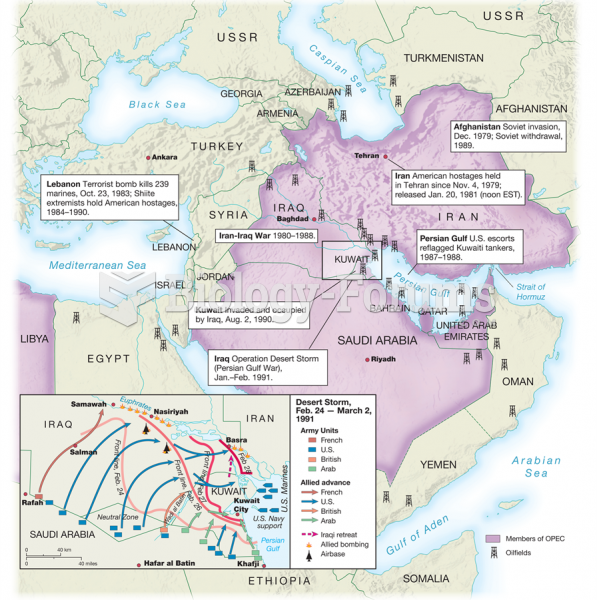A watercourse named Buffalo Bayou runs through the city of Houston, Texas from east to west, passing through residential and industrial areas and the edge of the tall buildings of downtown. In the residential area, the Bayou is surrounded by a wide park, and the level of the water is typically 20 feet below the level of the streets around it. The river has overflowed its banks and caused ground-floor damage to residences nearby; most recently in 1999 and 2015. The bayou has flooded 10 times in the last century.
You are an insurance adjuster, and have just paid a claim for 20,000 (the maximum allowed in the policy) for a homeowners loss. The homeowner is upset and says My flood premium has been 2,000 since the flood of 1999, and now youre paying me only 20,000 back? I think my premium is too high
Explain to the homeowner why the premium is appropriate.
What will be an ideal response?
Question 2
Mangrove trees grow in inlets and lagoons along the U.S. coastline from the Texas Gulf coast to the Florida Atlantic coast. These trees extend wide networks of roots in shallow water and play a major role in reducing damage due to storm surges. Mangroves grow in the form of large shrub-like trees, about 10 feet tall. The area inside a grove cannot be easily navigated on foot and generally smells unpleasant due to decaying marine life and plants.
Cutting or damaging mangrove trees is illegal in most areas without special permission, and this fact is advertised with large educational signs at key sites, including public boat ramps and nature areas. Businesses and homes can be built behind a grove of mangrove trees as long as the trees are not disturbed. Studies clearly show that the presence of mangroves reduces the damage done during hurricanes and tropical storms.
Briefly describe how this situation involves Land-Use Planning, Insurance, the Role of Government, and Public Education in positive ways.
What will be an ideal response?






